Empathy and Emotional Connection – These two things are imperative in a good picture; we need both empathy and an emotional connection to bring to life a main character or subject with whom the viewers will attach.
The challenge for photographers is how to tell the story of what they see in front of their eyes, and how to convey an emotion through those images.
We all need stories in order to understand the world, from children’s stories to TV series.
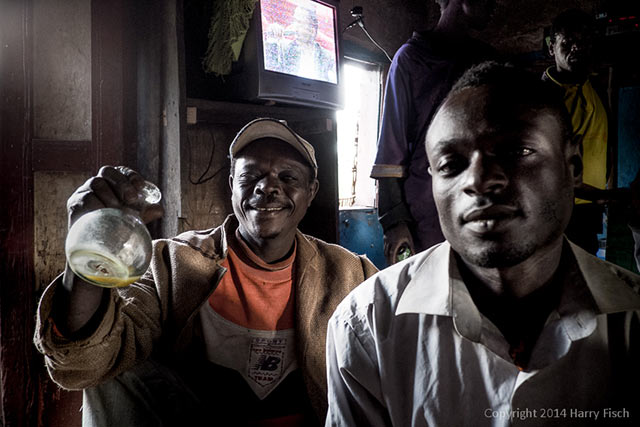
Humanity has been telling those stories since long before writing existed, and long, long before the invention of photography. Photography is no more than one more media, a magical instrument that can capture an instant of reality, but only that instant.
We want to anticipate what can be relevant to a scene and then figure out how to establish the plot of the photograph, how to guide the eye of the viewer and how to create a rhythm and a direction for the photograph.
We look for the most suitable light for the story we want to tell.
When preparing to create the image, there are a few things you should ask yourself.
1. What is the most important element in the scene?
2. What opportunity do I have to prepare to make the image?
3. How do I establish a plot, a story?
4. How am I going to guide the eye of the viewer?
5. And above all, what is the tale you see in this image? Why do I want to take it in the first place?
The ‘Hook’ of the Photograph
A good main character can be anything, as long as it creates human emotion. This may be any remarkable subject, from an interesting face in portraiture, to a lonely, sad tree in a landscape.
The main character of your visual story must draw the viewer’s eye to the image by being noticeable and significant within the context of the entire scene (or frame). You can think of it as a ‘hook’ that catches the viewer’s eye and holds their attention.
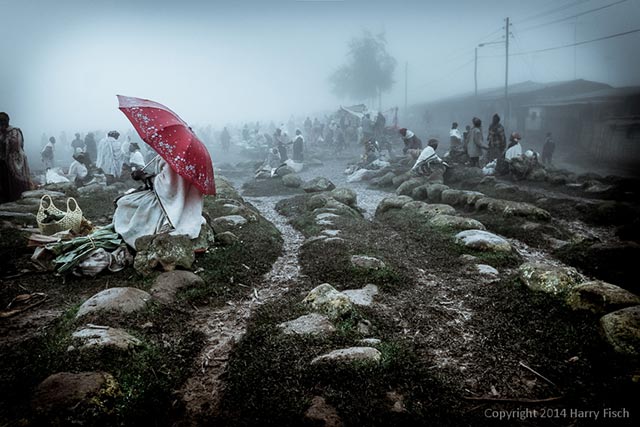
The best way to determine whether you’ve chosen a winning main character is by doing a simple test: if you take the character out of the frame, does the photograph have the same visual storytelling efficacy?
Can I Have More Than One Main Character?
You can most definitely have more than one main character in your photograph, as long as they are distinct and clear to the viewer, and the scene makes sense as a whole because it follows a pattern.
But ideally, the supporting characters or elements will create more depth in your story by their relationship with the main character, when they direct the viewer to the principle subject.
And just like in real life, the relationship between your main characters and your supporting characters can be of almost any kind, such as similarity versus contrast, a geometrical trend or a personal connection between the members of the image.
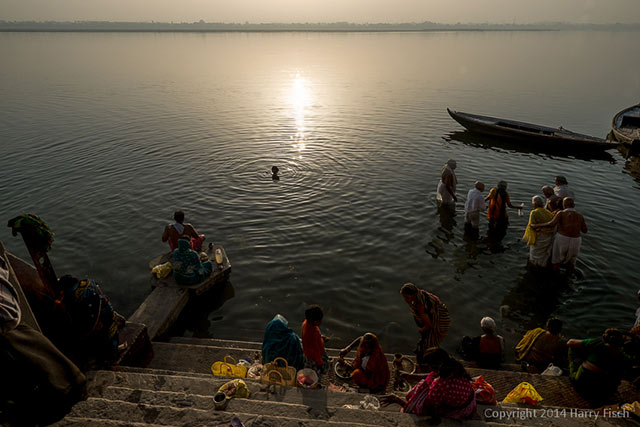
The Relationship between the Main Character and the World of the Story
When working with a single character, you can create a relationship between the character and the world he or she is living in. This person could also act as a host, inviting you to take part in the scene as well.
If you are photographing an inanimate object, the viewer can get a sense of the story by including the environment which supports it, whether in nature or a busy city.
For instance, one can give the viewer the emotional sense of isolation when photographing a single plant within the rolling hills of the sand dunes, or a feeling of awe when they see a long, high bridge taking them over the water into a city.
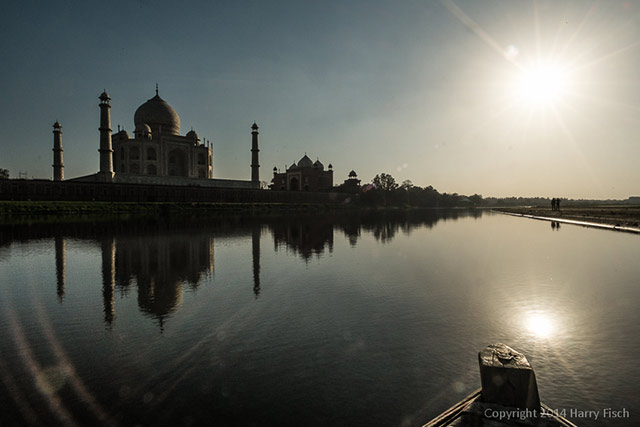
Here, one can mentally place themselves in the boat and imagine floating on the river and enjoying the scenes in front of them.
Relationship between the Main Character and the Viewer
The relationship between your main characters and your viewers will be established via emotion. Usually eye contact is what makes the difference in portraits. Making eye contact, especially when smiling or being cheerful is of key importance.
Also, using gestures and facial expressions can help foster emotion, and this can be obtained by trying to comment or asking a question about the person or the setting in order to start an interaction.
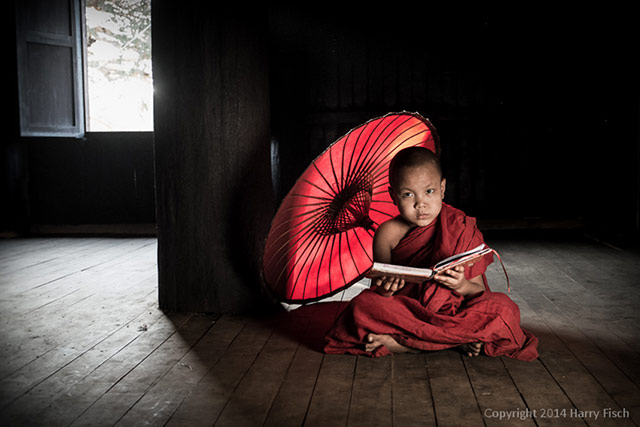
When photographing animals and birds, the eyes will still be of utmost importance. It could be looking directly at you or it may be intent on another animal or its surrounding as it hunts for food.
Both human and non-human subjects can play off the viewer’s senses and memories. For instance, it may involve the viewer remembering that they sat on a rock overlooking the very meadow you photographed. It may conjure an emotional connection with a visit to a city or a walk on the seashore.
Try to convey a sense of how something feels if touched or on their bodies. Can you get them to smell the scent of a rose or taste the spaghetti swinging from a fork? Can the viewer of your photograph hear the roaring sound of a waterfall?
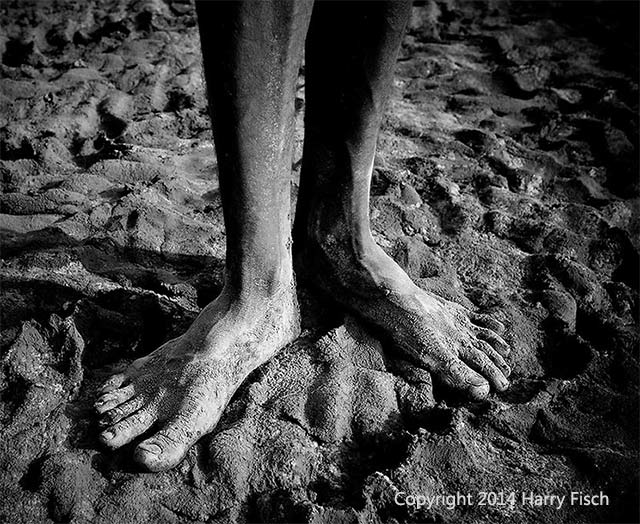
What Opportunity do I Have to Prepare for Creating Images?
When the subject isn’t moving, you can take all the time you need to explore it from every angle, but when people are included, such as with street photography, time can be of great importance. You’ll need to know your camera settings and be able to change them quickly.
If you are doing staged portraits and you have a person who is happy to be photographed, it is important to be ready with ideas for poses already in your mind.
Instead of simply taking a photo of someone in the place and position they are already in, it is often better to move and direct them, to some extent, for a more artistic and powerful result. I always look around the space and think ahead, trying to find a good background while considering the light, and I roughly imagine the photo in my mind.
This also happens before I have anyone to photograph, which means I’m more prepared and I can move quickly and with confidence, which in turn keeps the experience enjoyable for the subject and they will feel comfortable following my direction.
Final Thoughts: Using Light to Guide your Audience’s Eye
Light is a crucial part of every photograph and it can be one of the most powerful tools in your kit when it comes to directing your viewer’s gaze within the image frame.
So think in advance with this in mind, prepare the light, and don’t be shy about playing with it during post-processing if it will enhance the photo and help bring it together as a whole final work of art.
Grab that camera and find the emotional connection with your subject. Go out and come back with a story to share with your viewer.
By Harry Fisch
Text and images: © 2014 Harry Fisch. All rights reserved.

Leave a Reply